Olympus OM-1 not a Review Review
February 2022 came the news we had all (or many of us) been waiting for, a new Olympus camera! This is not a real world review, or even a break down of the features, rather as a long time user of Olympus it is my initial thoughts on this, how it might benefit, and what it means.
A Little History
I ‘cut my teeth’ on Olympus back in the day, with an OM-10, OM-40 (it was black and looked cool), and an OM-1, mostly using black and white Ilford stock and doing my own developing and printing. When digital came about Olympus were late to the party, so my choice of a DSLR system was simply walking into Jessops and saying ‘that one’. It was a Canon EOS 300D, which I didn’t research, it just looked right. I had used a Nikon Coolpix which cost a fortune and was only a fix zoom, so a DSLR was needed.
After using Canon for a number of years and moving up to the 5D range I bought an Olympus EM-10 MK1. Within 6 months I had a number of Pro lenses and two EM-5 MK2’s. I had changed system without realising it.
Olympus has fallen?
In June 2020 came the fateful announcement that Olympus was selling the camera division, confirmed and bought by JIP (Japan Industrial partners Inc) in January 2021.
What followed was the inevitable backlash, and an exodus of some Olympus users who seemingly thought their gear would mysteriously stop working, but the majority it seemed had more faith in the promise of new cameras and lenses to follow.
One of the reasons I enjoy the Olympus system so much, it allows me to produce Long Exposures like this using Live Time. Set a few parameters and watch it ‘develop’ on screen, then stop the exposure when it is just right.
Isle of Skye, EM-1 Mk3 – 8-25 Pro Live Time 130s
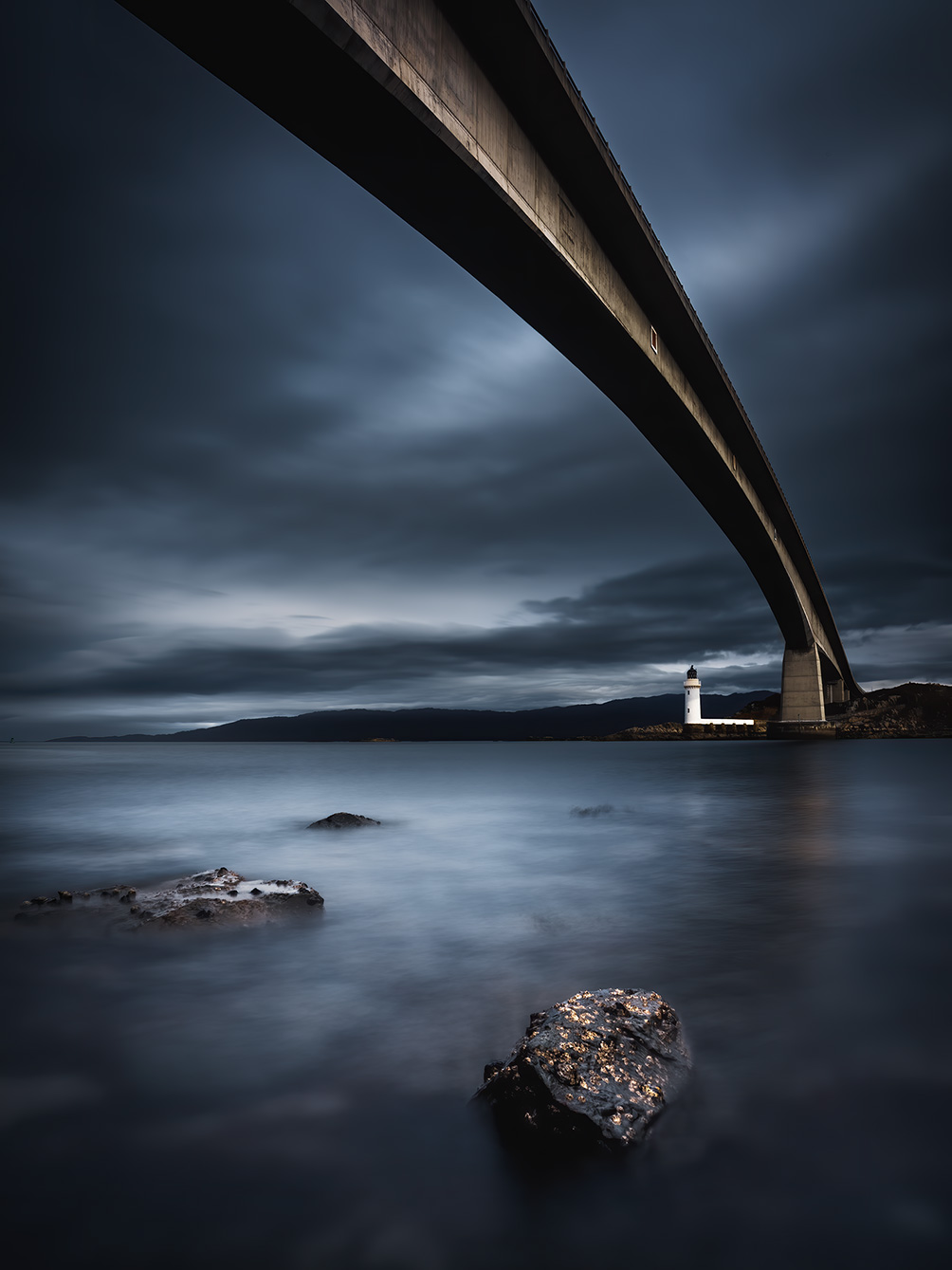
Enter the OM-1
All was revealed with the announcement of the new OM-1, the new flagship, and on paper what a flagship it is. Also what a let down it was to many people. To be fair, when a new camera is announced there are inevitably rumours stoked by online communities, and when they don’t materialise there is an outcry. After months of hype and expectations there are always going to be negative comments.
It’s only 20 MP
No there is no button to heat your cold flask of coffee, and the rumoured star tracking didn’t make it either. It will not remotely switch your heating on at home ready for your return and will not cook dinner either. Yes, these are silly and of course I made them up, but so were the expectations of the sensor being bigger, and/or having more pixels.
There could have been more pixels, I for one am glad it stayed at 20, it is enough, and increasing it is one step forward and two back in the battle against noise. Although the cropping argument has some validity Topaz Gigapixel is your friend there.
And a bigger sensor? The clue is in the format name M/43. It will never be bigger, nor should it.
I once suggested to Olympus they investigate a ‘Time-Shift’ to compliment Live Time. One press and it advances time 1 hour forwards or backwards, which would help for all those sunsets and sunrises. It was obviously tongue-in-cheek and about as realistic and sensible as requesting a 35mm sensor.
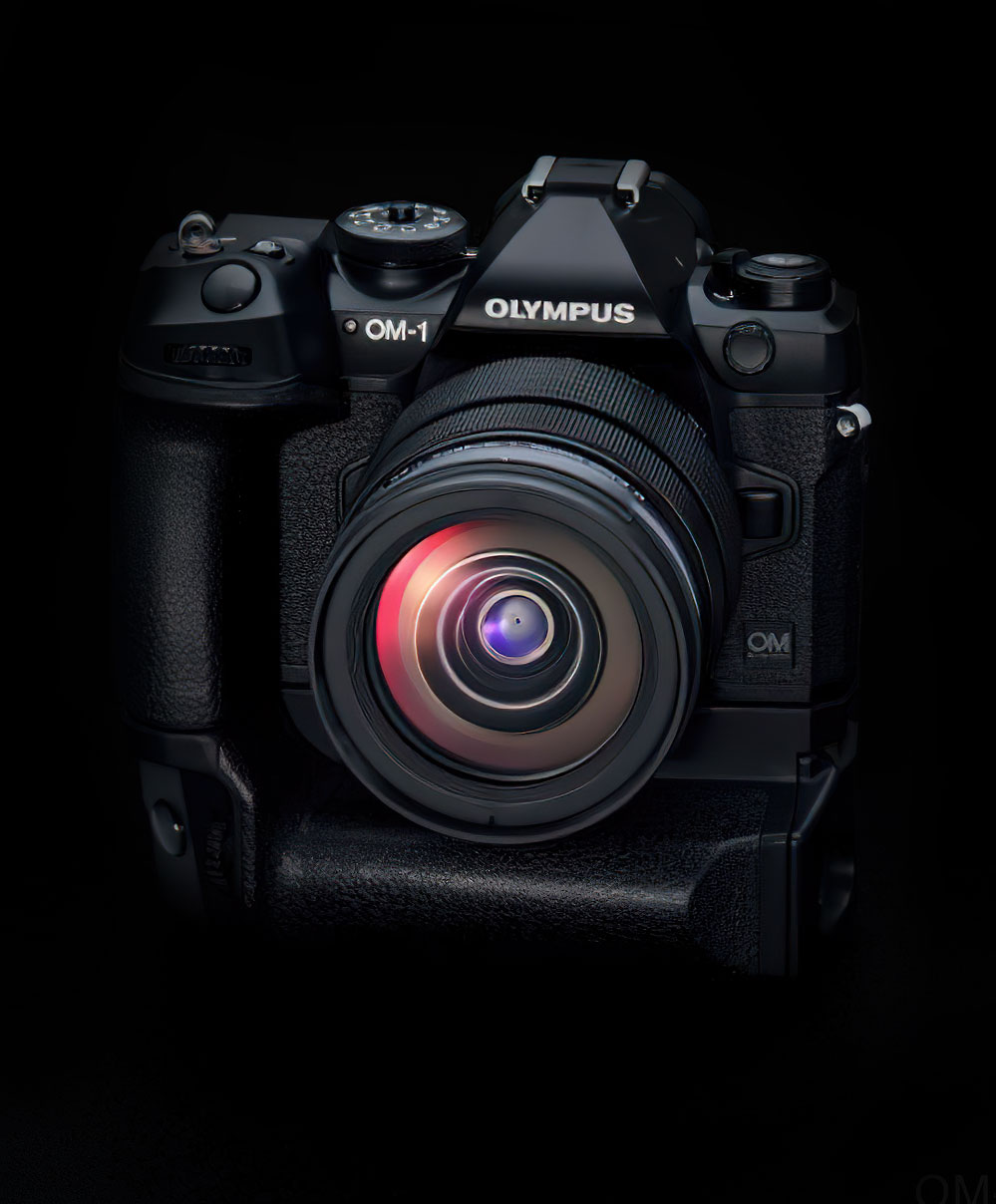
Valid Points
There are some valid points out there, GPS could have been included which many seem to find useful on the EM1x , though having never used it I will not miss it. And no battery charger. The Om-1 battery can now be charged in-camera whilst still in use, and an adapter is provided allowing this along with charging in the field with an external PD power pack. I would have preferred a charger to be included, notwithstanding the increased battery capacity I will still want to have at least 3 and want the flexibility to charge two at a time. The omission could be seen as a way to increase sales, that’s capitalism for you. We can all speculate, perhaps it was a way to reduce the RRP, but third party chargers will be along soon, and being able to charge, and still shoot, with a battery back will be welcome in some situations, such as Astro.
And there is the price, at £2k it is a few hundred more expensive than when the EM-1 Mk3 was released, but there is new technology inside it, and with the shortage of chips right now it could have cost even more. True there are now Full Frame cameras available at this price point, but none that offer the same features. My attitude has always been choice is a great thing, we are all free to choose what matters to us. Bottom line is could it have been cheaper? Realistically no, but it sure could have cost more.
What is new?
Cosmetically the body has been updated so that it now appears to come from the same stable as the E-M1x, with front and rear dials housed within the body. This seems minor on the face of it but it does help towards the IP53 weather sealing rating. Olympus have always been leaders with weather sealing and they upped the game here for sure. For a landscape photographer it matters.
Buttons have changed slightly, now with a dedicated High Res button and Back Button Focus, which are small but welcome changes. The body is 3mm wider, which may mean my L Bracket will not fit, which is slightly annoying, but we will see.
Finally we have a new EVF
Finally we have a new EVF. It was great once, until Canon and Nikon entered mirrorless and gave us OLED viewfinders and showed the Olympus up. There have been plenty of opinions expressed that the OM-1 is what the EM-1 MKIII should have been. Easy to say with hindsight, although it should have had a new viewfinder, and this is one improvement I really do welcome. It is also 5.76M dots, double previous EVF’s
Both card slots are now UHS-II high speed which is also welcome. I tend not to use both slots but maybe I will now they are both high speed. To capitalise on this you really do need high speed cards.
A few small changes too, the top buttons near the on/off lever have been curved down, or concave, to prevent accidental pressing, and the rear lever is much shorter. That could present a problem for me as I lost 1/2″ from my right thumb in an accident a few years ago, but I’m sure I will manage.
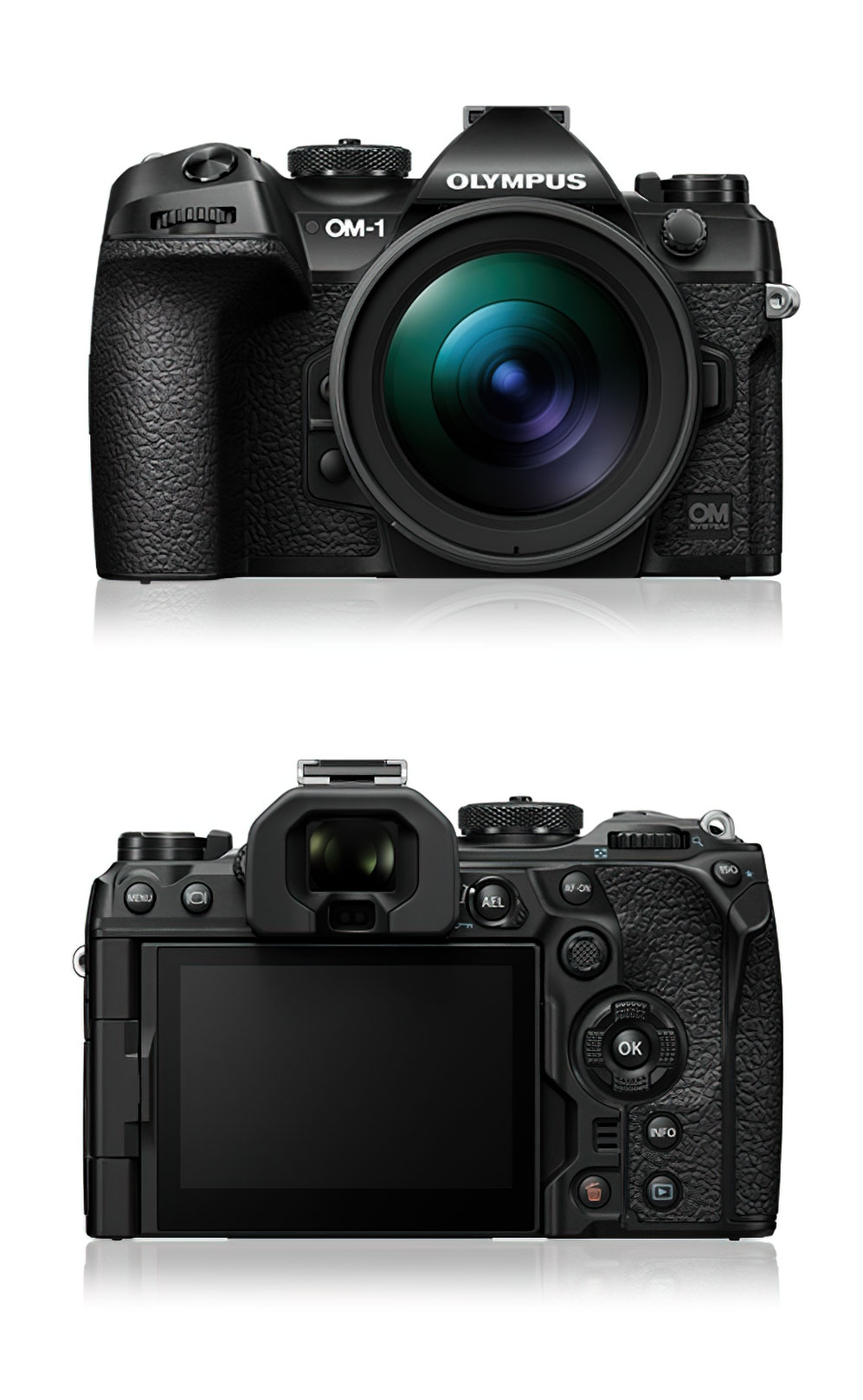
Under the hood
Where it gets really interesting is under the hood. There are no new ‘features’ so to speak, and with Olympus suggesting the future is in computational photography which essentially is what High Res/Live Time etc is, this did disappoint many. Instead OMD-S have concentrated on adding a new sensor, a new TruPic X processor, reinventing the focus system and supercharging the whole camera to a new level.
A new menu layout has been included which should make things easier to locate. I never found the menu that difficult, it is complicated which is a virtue of the number of features, although it is true some items did not seem to be in logical locations. With tabs across the top rather than vertical, it should feel more natural, although users such as myself who are so used to the menu will now have to get used to it.
The sensor is good news and was badly needed. Now a new Backside Illuminated Quad Pixel Stacked CMOS sensor promises to deliver 2 stops better noise control, 1 stop better dynamic range, and ‘35mm equivalent performance’. What does this mean? And which 35mm sensor? All this remains to be seen of course, but I have no reason to doubt the improvements in noise considering the leaps in improvements from the Mark I to the Mark III, which will really help long exposure and low light images. And 1 stop DR does mean there still is a gap between most Full Frame of course, but it is closing.
Learning how to shoot with Olympus and how to process means the gap was not as great as statistics say in my experience, and 1 stop sure will be welcome. Producing an image like below which had huge dynamic range will still mean bracketing or using a filter, although an additional stop and a reduction in noise will go a long way in helping the process. It will mean cleaner shadows and increased highlight recovery which will be great.
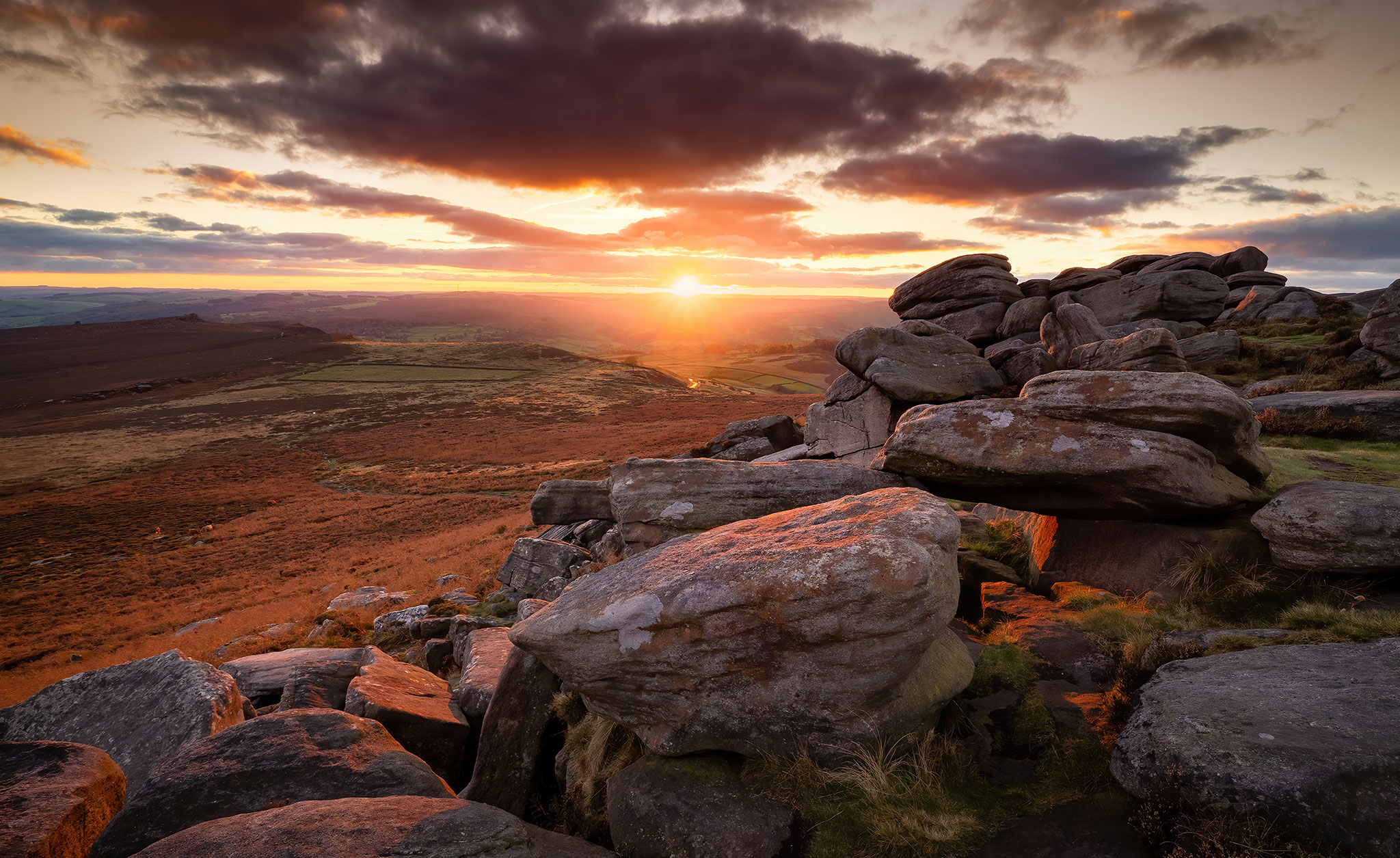
Sunset Peak District EM-1 MK3 8-25 Pro
3 Shots bracketed and blended in Photoshop for this image, no filters because of the rock going over the horizon. Although 3 shots were taken only 1 image 2 stops under exposed was needed for the sky at the horizon. Shadows were opened at the expense of noise, which Topaz easily removed, but there is a fine balance between removing noise and texture. The MK3 sensor has a surprising amount of DR, and an extra stop will be welcome.
TruePic X Processor
A new processor, a TruPic X chip which OMD-S say gives x3 the processing power is were some significant changes have been made. All that power means the already effective in camera features have been supercharged, which needed the oomph of a faster processor. High Res mode is now 2x.5 faster, Live ND now goes up to 6 stops instead of 5, and Image Stabilisation is now up to 8 stops, which puts Olympus firmly back at the top again.
All this power should not be overlooked, it is not power for the sake of it. It runs the now class leading focus system (more below) the improved video mode, and drives the faster High Res and expanded Live ND.
OMD-S obviously believe in the High Res, (which also improves dynamic range and reduces noise) because the red video button now doubles as a quick access to High Res. That move is really nailing a flag to a pole and says a great deal about how OMD-S believe in this.
Assynt, Scotland – EM-1 Mk3 8-25mm HH High Res Mode
High Res reduced processing time means it will be more useful especially for hand holding.
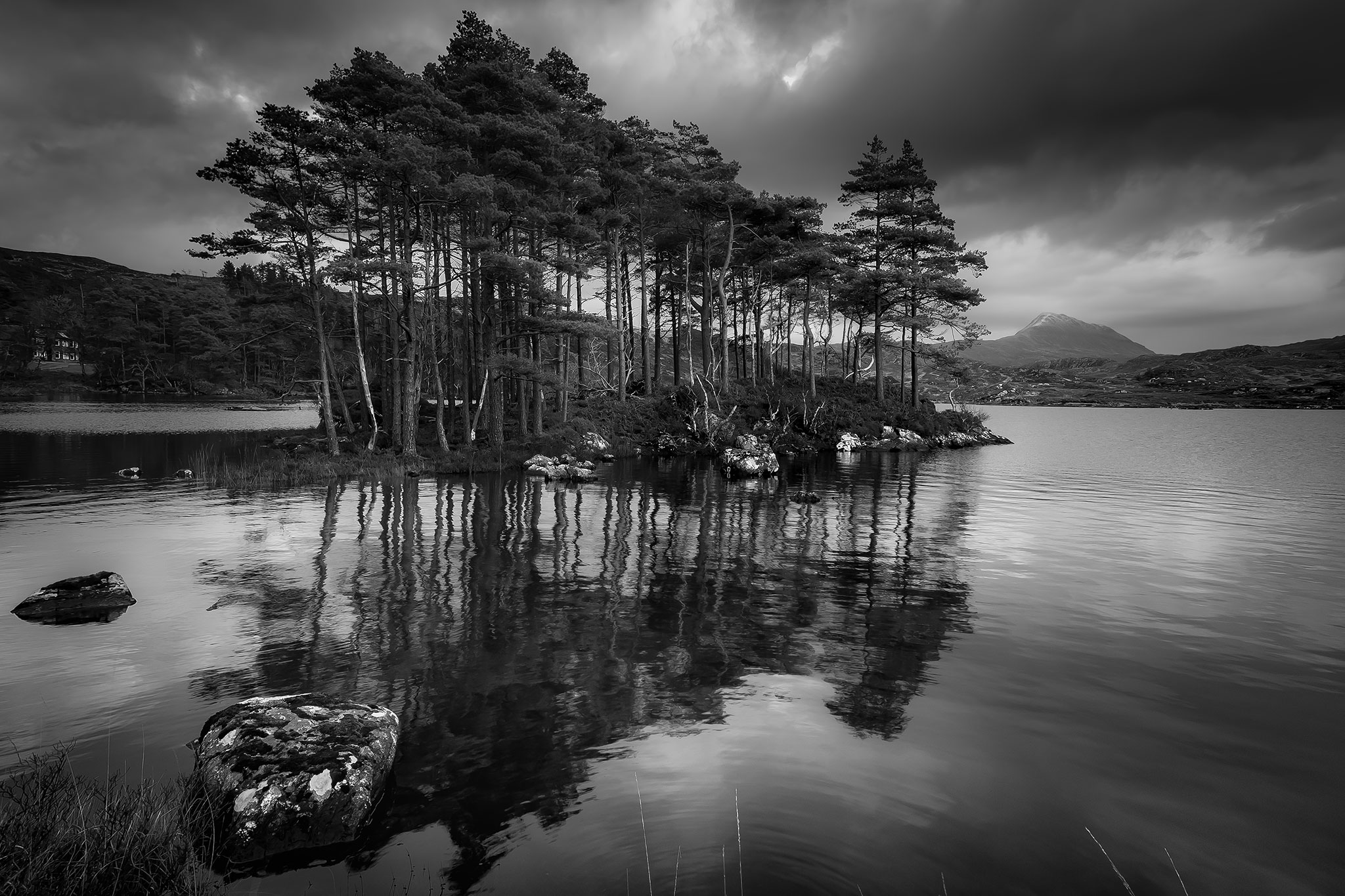
I use High Res quite often, and it tends to be when I think the process will benefit the image, not so much because I want a higher resolution. I have been fortunate to sell prints quite regularly and 20mp is fine, if not Topaz Gigapixel does a great job. Photoshop now has a similar upsampler built in now. For the black and white image above at Loch Druim Suardalain in Assynt I did want high resolution for the tree foliage, although the primary reason was knowing the dynamic range would be improved, noise reduced, and the process of the camera blending the images together would also soften the water a little more. Live ND does the same thing, at standard resolution. Choice is always king.
Will the processor improve this? With the new sensor the IQ should be improved, and the actual processing time of the final image has been reduced dramatically. It means using High Res will be a more enjoyable experience especially hand held, not having that time delay. One issue with HR is movement, grass blowing in the wind will be blurred, and I doubt there will be much of an improvement here. I tend not to worry about it and go with it as part of actual conditions of the shot. Notice a few stalks in the image above. It was intentional and with the low wind they rendered sharp, they would have been easy to remove had it not worked out so well.
Live Modes
All the extra processing power has brought benefits to the Live Modes, Live ND, Live Time and Live Composite.
Live Composite is a function I rarely use, although this has also been improved allowing it to be used hand held. It is a great feature for light painting, car and star trails, and for long exposures. I tend not to use it for long exposures, feeling it makes too much of a ‘painterly’ effect, and for other applications the point of Live Comp is being able to leave the shutter open on a tripod over long periods for light sources to build up. It is something that may open up creativity for some though, so let’s welcome being able to try.
Despite how much I like to use filters I do use Live ND quite a lot. I use a 3 stop ND much less now, and boosting it to 6 Stops is very welcome.
It is incredibly useful for experimenting with different shutter speeds without needing lots of filters. I don’t see myself leaving a 6 stop at home yet, although never say never, I tend to use a 10 more than anything.
Elgol Isle of Skye E-M1 MK3 12-100 Pro Live ND8 3 Stop 1.6s
Using Live ND allowed experimentation to find the best shutter speed for the image, slow enough to soften the water with still enough detail to capture water running over the rocks.
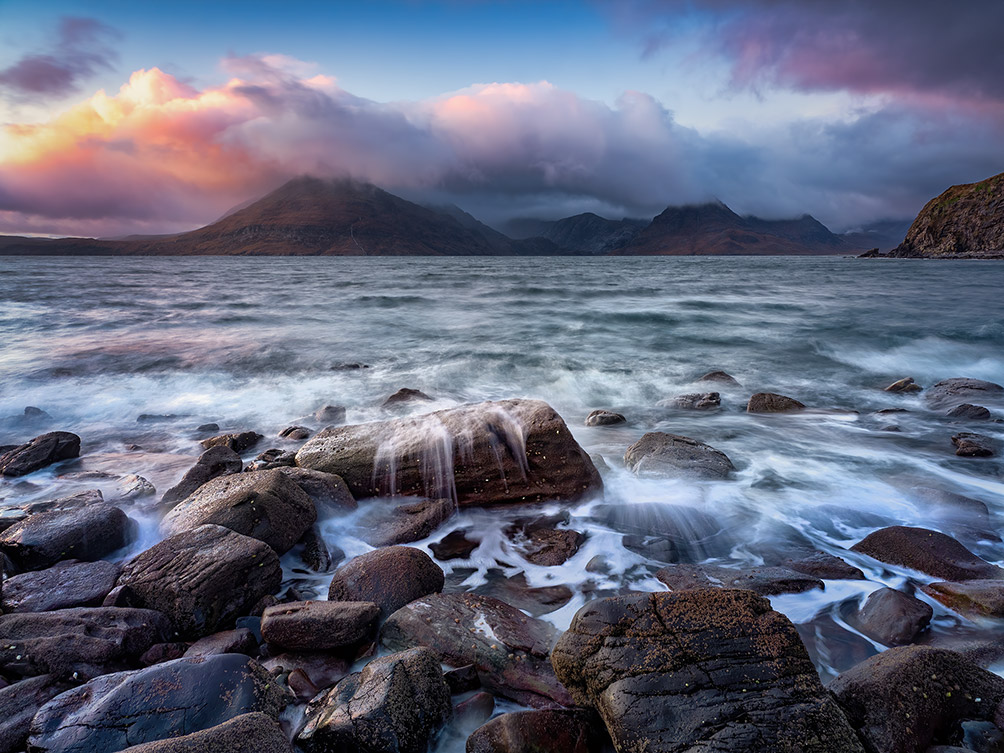
Live Time is one feature I use a lot, and for Long Exposures it is a game changer. If you have been unfortunate enough not to use Live Time you really do not know what you are missing. Using a camera without Live Time is such a chore now and with most cameras being limited to 30s max (Fuji GFX and Nikon Z7ii are two exceptions I know about) it means doing things the old way, manually, and waiting for the result.
The increase in performance may not make a great deal of difference here, a reduction in the processing time will be good, although marginal compared to waiting for a 2 or 3 minute exposure, especially if noise reduction is active. But it is still welcome, and the new sensor should make a big difference. Live Time has improved a great deal over the years with the first iterations actually increasing noise because of the extra work the sensor was doing, which was addresses with further releases. The new sensor should make a difference for Live Time as will the improvements in lower noise.
What will also be a help is the new Night Mode, an expansion of Live Boost, which by all accounts allows the camera to see in very dark situations, useful to focus in low light.
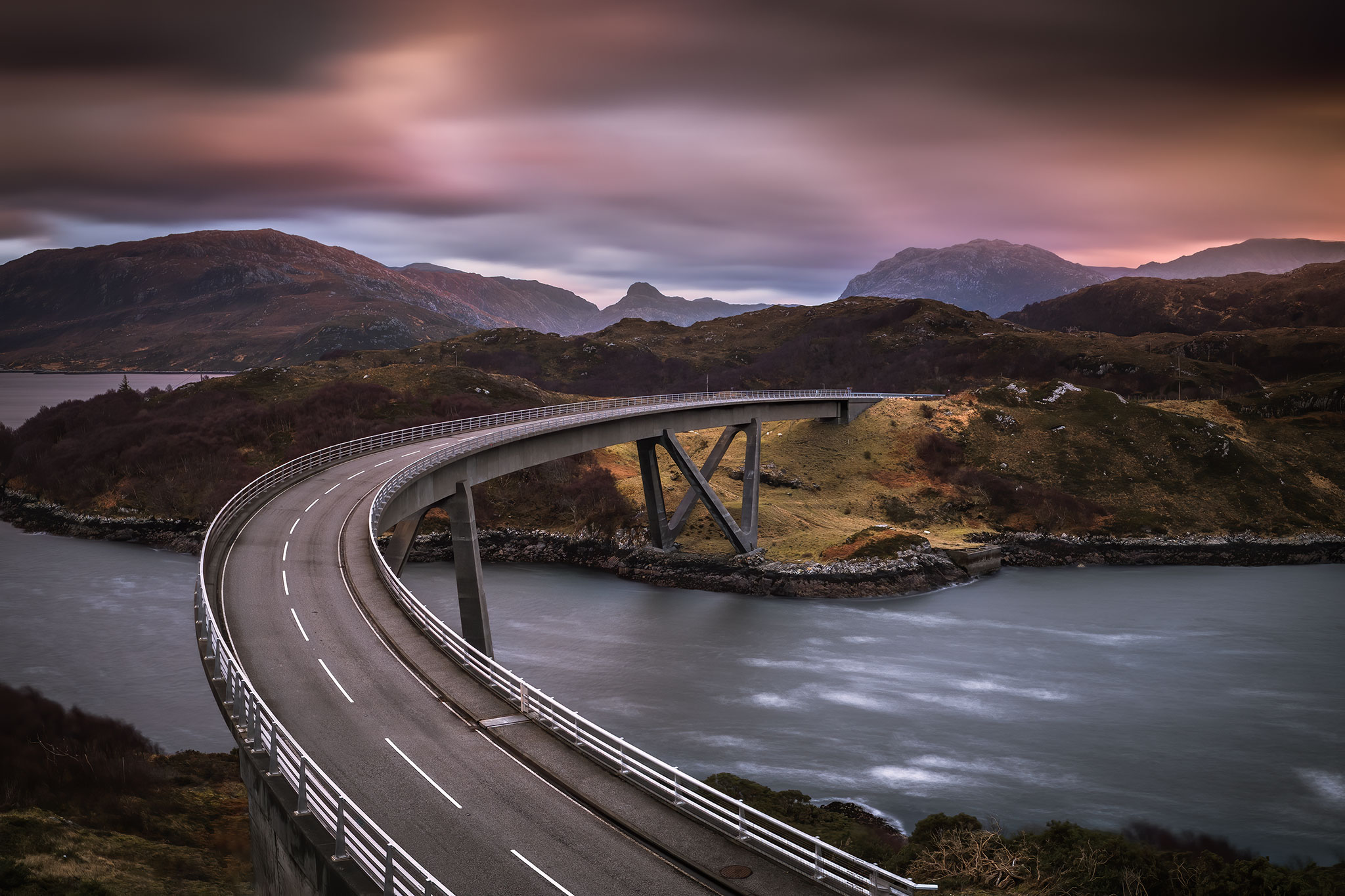
Kylesku Bridge, Sutherland Scotland – EM-1 MK3 8-25 Pro In Camera ND32 (5 Stops) 25s Exposure.
Long Exposure using the Live ND function. Storm Arwen was making itself known and 25s was just about the longest I would have dared to try, or hope for a sharp image. 6 Stops would have been too much here, but having 6 in the OM-1 will be very useful. Think of how it can be expanded just by altering ISO or aperture to gain even more flexibility
What is really interesting is what this could promise for the future. Olympus were always very good with firmware updates, so will we see new features from OMD-S to capitalise on the extra power with updates? Hardware is always a barrier to new firmware features, and with the hardware perhaps there will indeed be some new features to come.
Focus System
I am not a wildlife or action photographer at all, so many of the improvements here will not impact me. More focus points covering all the frame sure, but landscapes tend not to more very fast. However, the stats look so impressive thanks to the new processor and new sensor, even I may have a go next time the opportunity arises.
The E-M1x was the system to have, but did leave some underwhelmed with the performance and accuracy. The OM-1 has surpassed this in every way with AI Deep Learning, now with a massive 1053 Phase detection cross AF points over 100% of the frame, compared to 121 over 70%, new subject detection modes, including cars, planes, trains, birds, cats and dogs, (I kid you not) with class leading tracking and up to 120 fps blackout free shooting. As someone who only shoots wildlife when I happen upon a Highland Coo, I am already thinking of getting the 40-150 Pro pro out and making sure I save a Custom Setting and button to make the most of it. I may even get a few keepers…..
Macro
Where I have no doubt the new focus improvements will help is with Macro, not so much with tracking (although the night-time shrooms sure do run fast when they hear footsteps) but with the number of points, and the processing speed of focus bracketing.
What is also interesting is the update to Olympus Workspace, now OM Workspace. Along with a new noise reduction feature, Workspace now has a Focus Analyser which helps to group and show which images have the best focus along with showing the focus point.
With macro when it is possible to end up with 10’s or 100’s of images it will be useful to quickly identify and eliminate shots where the focus was not quite right, and to learn from it. It is very easy to set focus steps too narrow or too wide, and this should help to give a visual aid to learn from. Personally I use Lightroom, although Workspace will be useful for reference.
Glowing Shrooms at Twilight – E-M1 MK3 60mm Macro
Getting close to these at night without them running for cover can be hard. I will request now a ‘silent feet’ mode on the next firmware update.

What’s in a name?
No-one knew what would happen to the Olympus brand name with the announcement of the new company JIP and the announced new brand OM Digital Systems (OMD-S). Comments were rife about new gear now having OMS/OMDS as a brand instead of Olympus, and most were negative. Admittedly it doesn’t ring right, and although the name Olympus may vanish, for now it seems OM-S are still using it under licence. Remember Olympus as a company are huge and produce equipment for the sciences and medical industry, and they will retain the name going forward.
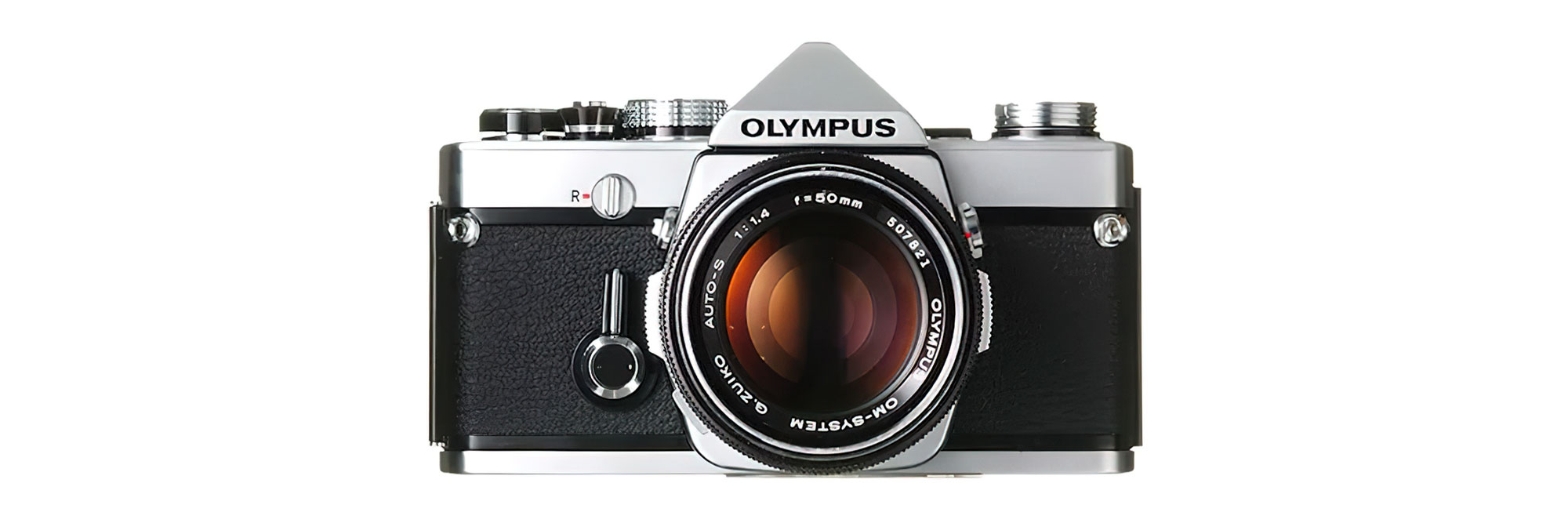
Olympus OM-1 35mm SLR-July 1972
However it is just a name, and the new OM-1 retains the Olympus branding. This is the last (reportedly) camera that will have the Olympus name, and someone made a very wise decision with the new model name OM-1, which harks back to, and celebrates 50 years of the OM-1 film SLR. It may or may not matter to many, but for some of us the new OM-1 is a historic camera already.
Summary
There are indeed some very exciting updates with this new camera. Improved noise control, Dynamic Range, a new sensor, faster processor, new menu, new EVF etc etc. There are some niggles too; I can excuse no charger being included although it has raised some shakkles, I do wish the baseplate had been retained because that makes an L bracket awkward and it will take time before any are available, and there is a missed opportunity for some features being added to the Super Control Panel and rear lever. On the whole there are some great improvements.
Will it make me a better photographer? Do I need to upgrade? Of course not. The old adage that ‘it is the artist not the brush’ rings true, and the E-M1 MK3 is still a very competent camera, it has not suddenly become a poor tool. For me it is important to keep up with the latest releases for workshops, and there are some features that will make life easier mainly with the extra processor speed. I have no doubt I will use High Res more, and may even explore wildlife. The new sensor will no doubt improve long exposures, and the new EVF is something I’m very excited about having found I do get a lot of fatigue from using the existing EVF (I rarely use the rear screen, using a viewfinder connects me with the scene far better). There is enough here to warrant being an early adopter for me personally.
Should you upgrade is a question I have had a lot, and it is an impossible question to answer, it is up to you. From the E-M1 MK2 there are significant differences and it’s easy to say go for it. From the MK3 it is harder to say, from a landscaper perspective. For wildlife there are significant improvements, even over the 1x, and video too if that is your thing.
There is no doubt this is an important camera and perhaps a milestone, being the first one released by OMD-S, and the last to bear the Olympus name. And it is not a new camera just with a badge on it, much of the technology and features are Olympus, many of the engineers stayed with the new company, and Olympus have a vested interest in seeing a successful future for OMD-S for obvious reasons, otherwise they would not want their name on it. I am pretty sure there will have been some input from Olympus.
Thank’s for looking and I hope you found it useful, please feel free to leave a comment and let me know your thoughts. For information on workshops in general or dedicated Olympus workshops please check the links below, and why not follow me on Social Media…
Phil


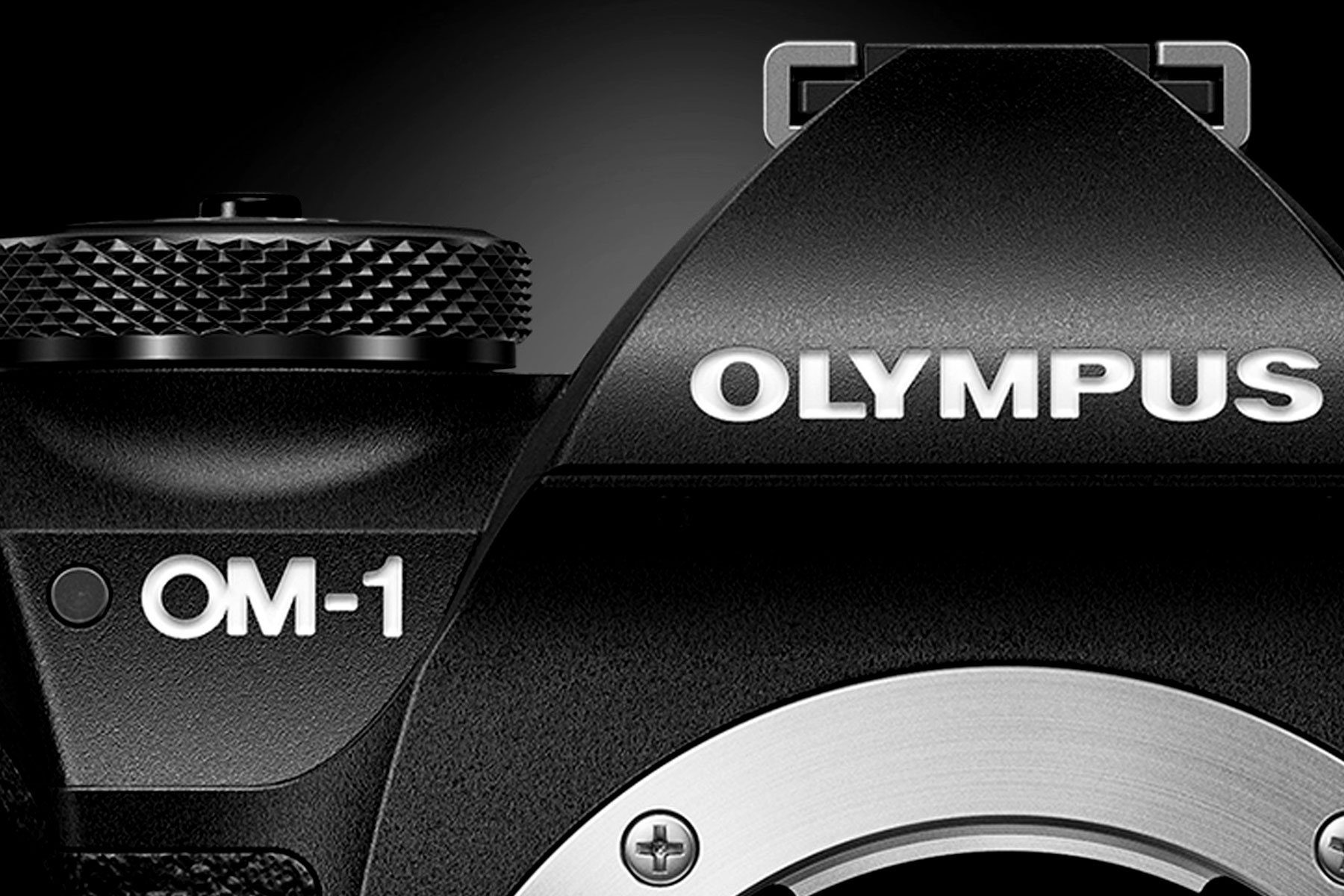
This was a very interesting and informative review/overview of the new OM 1. I am fortunate enough to have one on order and after reading this, I feel more confident that I have made the right choice, especially that I am still shooting the Om d 1 Mark 2 and the 10 Mark 2. I must say that I was a bit disappointed when I read about the “Coffee Heater” and fortunately for me I live in Canada and there is a Tim Horton’s Coffee Shop on every corner. Thanks for taking the time to shear your thoughts and wonderful photographs.
Appreciated Gerry. Olympus (or OMDS, old habits) have come up with some great things in the past, so never say never to the coffee heater, you never know!
Thanks so much for your thoughts Phil. It’s nice to hear from someone so familiar with the gear and such an accomplished photographer. I learned some new things about using my gear :0).
Many thanks for this article which I found hugely informative and reassuring. I am waiting for my OM1 to arrive and I’m excited about the improvements they have made.
There was a lot of speculation about this new camera but I’m not surprised that the company hasn’t thrown every possible new feature into this release (larger sensor, global shutter, etc). They are going to need to maximise revenue to stay in business, so I suspect we will have an upgraded version within the next 18 to 24 months, to keep on driving demand.
I’m happy about this – I want a OMDS to stay in business!
Enjoyed your review, Phil. My first 35mm camera was the OM-1 in 1972. I have around 100 OM lenses and about 5O OM bodies that I’ve collected over the years. I have my wedding picture bag with five 4/3 lenses and an E-30 and E-5 body. I’ve had 5 of the micro 4/3 bodies… been shooting the past several years with two MKii’s and I have 5 PRO lenses including the 150-400. I pre-ordered the new OM-1 within 30 minutes of when Adorama first accepted orders. I’m really excited about getting the OM-1. Now days I mainly shoot birds and wildlife and this new OM-1 seems to be perfect for what I love to do. My wife says it’s time for me to sell off my collection though! I enjoy seeing your photographs and appreciate your perspective on things.
Thanks for this Phil it’s nice to see such an honest review from someone who has so much experience in using the past Olympus cameras. Your landscapes are some of the best out there, regardless of what system used. However, you really put forward some strong reasons why this camera is so important and has much to offer for all types of photography. Everywhere at the moment the reviews are excellent but many critics are still moaning about the 20 MP size and cost of the camera. They need to read this and look closely at your work; the system has moved up a level or two. Apart from many of the reasons mentioned here, another reason I’m going back to Olympus is the lenses. Such a superb range now. Thanks again buddy…..
I found the review to be spot on and I’m a long time Olympus shooter and never once have I been concerned about having a bigger megapixel sensor. I have been fortune to sell a lot of 30”x60” metal and canvas prints using the EM5 Mark ll, lll and the EM1 Mark l, ll, and lll for all of my photo and I am so excited to have my OM-1 on order. .
Ordered mine the moment it was released. Wildlife is my main ‘thing’ now and I hope it will be a big improvement. I might even getvsome landscape mijo vack at somepoint! Can’t wait for it to arrive.
Thanks so much for this review as I found it quite helpful. Since I have two MarkII, I will be gradually updating to OM 1.
,
Thanks for this level headed and down-to-earth review. I’ve got an OM-1 on order now (upgrading). I generally do landscape, action, and aviation, as well as some night photography. One might even suggest that I’m an ADHD type of photographer because I often like changing venues. I believe this will be a very good “tool” from my style and objectives. I like hearing objective reviews like this. Thanks again!
I am going to be upgrading from Panasonic Lumix G9. I rented an OM-1 for a week and was blown away.
I hope all my Lumix lenses play nice for a while until I can get some Olympus lenses.
Thanks for the review.
Time has moved on from when you wrote this Phil, the camera is out and many of us have had a play. I ordered as soon as it was announced, not because I needed it, but because I wanted it.
Having used it for a week, I ordered a second and now have two. Why? Why not? For my wildlife it is a huge improvement over the 1x (which is looking for a new home), for landscape, yes, I still do some, it is for me not a big imorovement over the EM1iii (now with a new owner) but I prefer having 2 cameras with the same menus, battery and performance. If I accidently break one I have a spare, or, I have a back-up wildlife camera for when I need to use 2 without changing lenses. It has happened! I often carry both with me, one for wildlife and one for landscape.
I love this camera but will upgrate when the next model comes out!